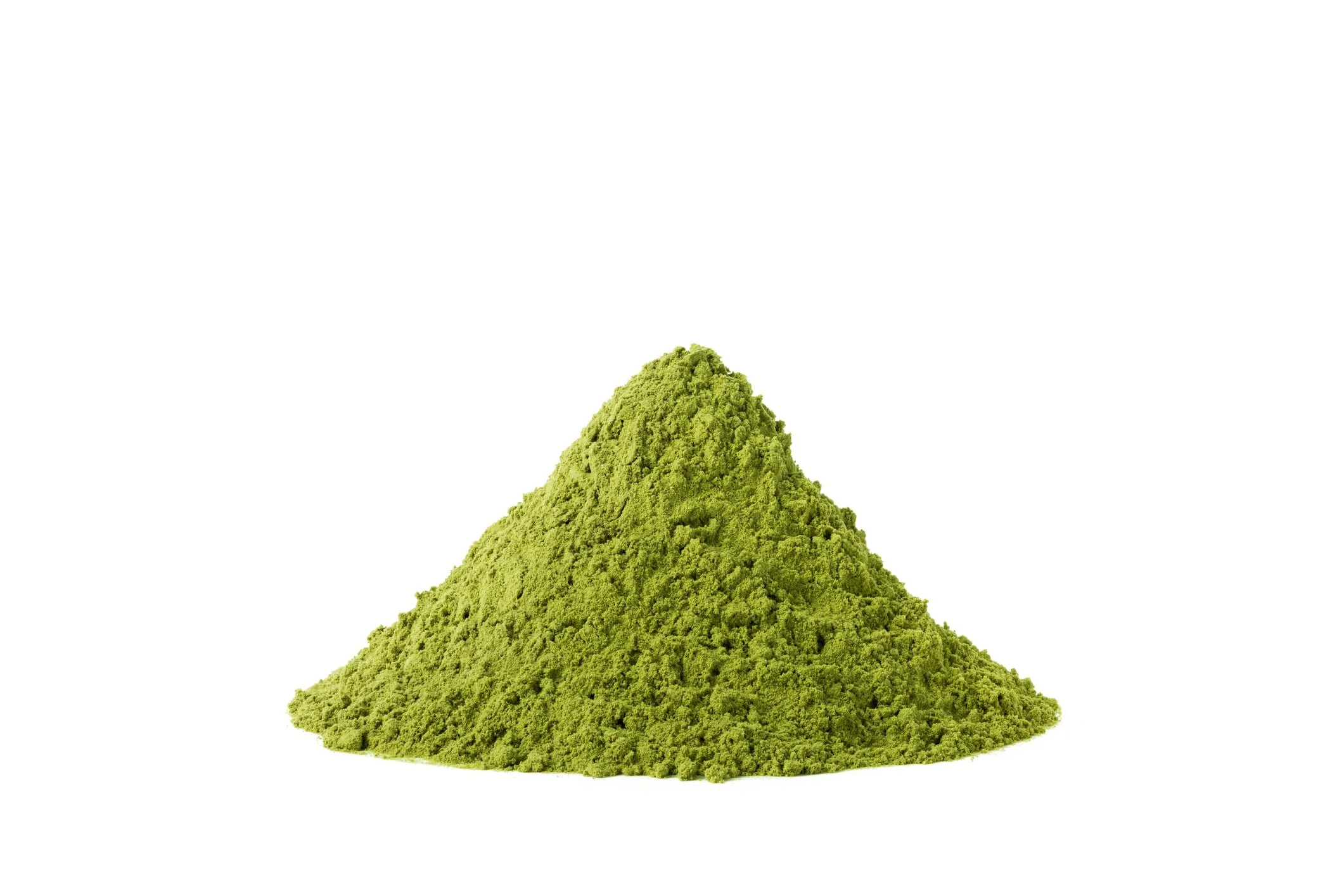Microgreens are young, tender, colorful vegetables that are grown for up to around ten days before being harvested. They are an excellent option for those who do not have the space to grow their own food, as they can be grown on a small scale and indoors.
Microgreens are not only delicious and brightly coloured, but they also provide many benefits to our bodies. This is because they have a higher concentration of nutrients than their respective adult counterparts. It is estimated that microgreens have a nutrient concentration between 4 and 40 times higher than their respective adult plants.
The beneficial properties of microgreens are related to their high concentration of antioxidants and phytochemicals, the nature of which of courses varies by species. This stands out beyond their contribution of macro and micronutrients.
However, post-harvest processes such as dehydration, freeze-drying, and milling are used to maintain and even further concentrate their nutritional contribution. This is where the difference between fresh microgreens and powdered microgreens arises.
The freeze-drying method has proven to be the most effective in nutrient retention when compared to other dehydration methods. In addition, it allows preservation for up to 25 years if properly stored.
Among the most essential benefits of microgreens in powdered form are:
Reduced cardiovascular risk: microgreens are rich in antioxidants, mainly polyphenols. This is why they contribute to reduce the oxidation risk of the atheroma plaque that forms in the arteries, an essential process for a cardiovascular event to occur. In addition, microgreens have been shown to reduce LDL cholesterol or bad cholesterol, which is the one deposited in the arterial wall when it is in excess.
Reduced risk of developing dementia: senile dementia is associated with higher levels of oxidative stress. Thanks to the high antioxidant content of microgreens, they may help slow the development of dementia.
Improved diabetes management: antioxidants present in microgreens also promote better glucose utilization by cells in people with diabetes. In addition, the oxidative stress generated by the metabolic disturbance itself is likely to decrease and contribute to better glycemic control.
Reduced cancer risk: while there are no studies that associate a reduced risk of cancer with the consumption of microgreens specifically, their high content of antioxidants and phytochemicals has been associated with a reduced risk of developing several types of cancer. This is especially important for microgreens from the Brassica family, such as broccoli, cabbage, cauliflower, etc., which also contain high concentrations of vitamin E, a fat-soluble antioxidant. On the other hand, microgreens from the Asteraceae family, such as lettuce and chicory, are rich in pro-vitamin A or carotenoids.
Microgreens are an innovation in the field of nutrition. Their high concentration of nutrients allows a large part of the crops and herbs used to be consumed, providing a high bioavailability of nutrients and many benefits. They are also an excellent way to combat nutritional deficiencies present in most people.
The microgreens powders have been developed to further concentrate the nutrients and plant chemicals and provide a longer shelf life.
Disclaimer
The information provided in this article is for educational and informational purposes only and is not intended as medical advice. It is not a substitute for professional medical advice, diagnosis, or treatment. Always seek the advice of a qualified healthcare provider with any questions you may have regarding a medical condition. The author and publisher of this article are not responsible for any adverse effects or consequences resulting from the use of any suggestions, preparations, or procedures described in this article.
References:
Zhang, Y., Xiao, Z., Ager, E., Kong, L., & Tan, L. (2021). Nutritional quality and health benefits of microgreens, a crop of modern agriculture. Journal of Future Foods, 1(1), 58-66. https://doi.org/10.1016/j.jfutfo.2021.07.001.
Zhou, Y., Zheng, J., Li, Y., Xu, P., Li, S., Chen, M., & Li, B. (2016). Natural Polyphenols for Prevention and Treatment of Cancer. Nutrients, 8(8). https://doi.org/10.3390/nu8080515
Huang H, Jiang X, Xiao Z, et al. Red Cabbage Microgreens Lower Circulating Low-Density Lipoprotein (LDL), Liver Cholesterol, and Inflammatory Cytokines in Mice Fed a High-Fat Diet. J Agric Food Chem. 2016;64(48):9161-9171. doi:10.1021/acs.jafc.6b03805.
Xiao Z, Lester GE, Luo Y, Wang Q. Assessment of vitamin and carotenoid concentrations of emerging food products: edible microgreens. J Agric Food Chem. 2012;60(31):7644-7651. doi:10.1021/jf300459b.






 Become a Reseller
Become a Reseller





